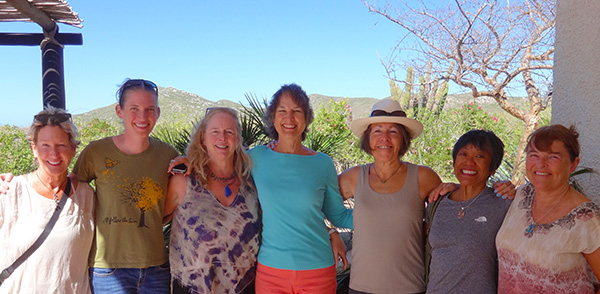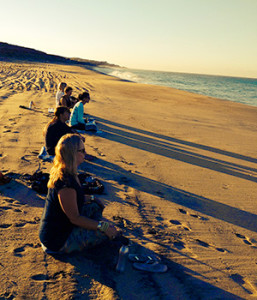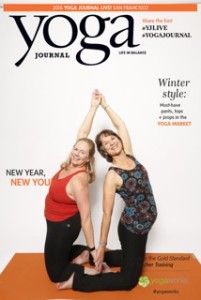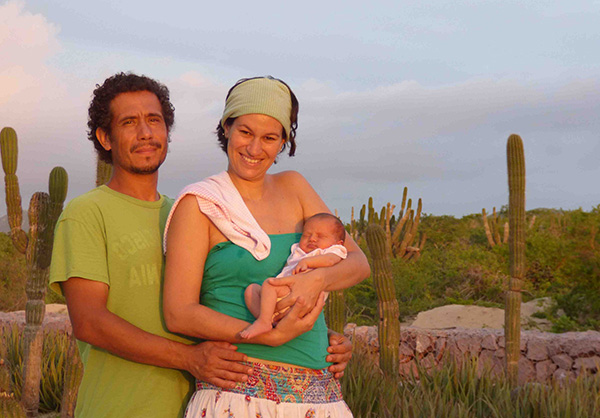With the growing prevalence of yoga in our society, a number of myths about the practice have emerged. Unfortunately, these misconceptions might dissuade people who would greatly benefit from yoga from ever trying it. It’s understandable that – from an outside perspective – yoga might seem foreign or esoteric to some, but that’s usually just until they try a class and realize how natural and unintimidating the practice is.
Some people believe that they have to be very flexible to be “good” at yoga. Others are worried that yoga is a religion and may conflict with their existing beliefs. And yet others feel like it is a practice only for earthy, new age types who lead an alternative lifestyle.
The reality is that all of these ideas – and many other simplistic notions about yoga – couldn’t be further from the truth. Yoga is for everybody – regardless of their physical fitness or flexibility, their religious beliefs or lack thereof, or whether they view themselves as mainstream or counter-culture. One of the beautiful aspects of yoga is that it transcends stereotypical classifications and meets us where we are, allowing us to make progress from that point forth.
With regard to the question of fitness, there are a couple of issues to address. The first is that the most fundamental and important aspects of yoga are not strictly – or even primarily – a physical practice. The postures (asanas in the Sanskrit) are important tools for opening the body, stimulating the flow of energy, calming the mind, and purifying the body. But they are only a means to an end, not the end itself.
Being able to bend into pretzel shapes or even to touch your toes is largely irrelevant. Modifications can be made for most poses to accommodate any fitness level or disability. The point of the physical postures is not to contort one’s body into a variety of fanciful shapes, but rather to integrate the body and mind, erasing that contrived sense of division between them. This is something open to all practitioners and can usually offer the most immediate benefits to those people who lead sedentary lives and don’t feel fully integrated with their bodies.
Another concern that people voice is that yoga is closely tied to religion and that practicing yoga may create a conflict with their existing beliefs. While it is true that the principles of yoga evolved from ancient Vedic texts that also formed the basis for religions such as Hinduism and Buddhism which followed, yoga evolved via a different path and with different aims that those religions.
Yoga is more focused on recognizing the integration of the mind, body, and spirit as a unified whole and leading the practitioner to a life of greater equanimity, calmness, and self-understanding. This is a path open to believers of all religions as well as to those who are not religious at all. In fact, devout practitioners may feel that yoga opens them up in ways that helps them feel greater connection to their own conception of the divine.
A third misconception that many people harbor posits that yoga is only practiced by new age, hippie types and that it doesn’t offer anything to those more rooted in the mainstream. While this stereotype is certainly understandable, it’s unfortunate that this holds many people back from trying yoga. The truth is that yoga offers benefits for everyone and that the basic techniques are relevant and helpful regardless of one’s lifestyle.
In fact, yoga can be especially instructive and healing for those who face challenging work environments, tight deadlines, financial pressures, and hectic family lives. The tools and techniques used in yoga can be extremely effective at reducing anxiety and creating a sense of calmness and balance – exactly what so many people in our overstressed society need these days.
The primary techniques that yoga utilizes are physical postures, breathwork, concentration, and meditation – though there are also numerous others. Different individuals respond differently to each of these practices so it’s helpful to explore a variety of these tools to judge what is most effective for each situation.
In the end, our preconceptions often hold us back from exploring paths that can provide great benefit. By dispelling common myths about yoga, we reveal the true power and accessibility of the practice and open ourselves to reaping its rewards. With even a basic introduction to the practice, our old views are quickly fall away and are replaced by a more immediate understanding of yoga and all that it can offer.
(more…)









